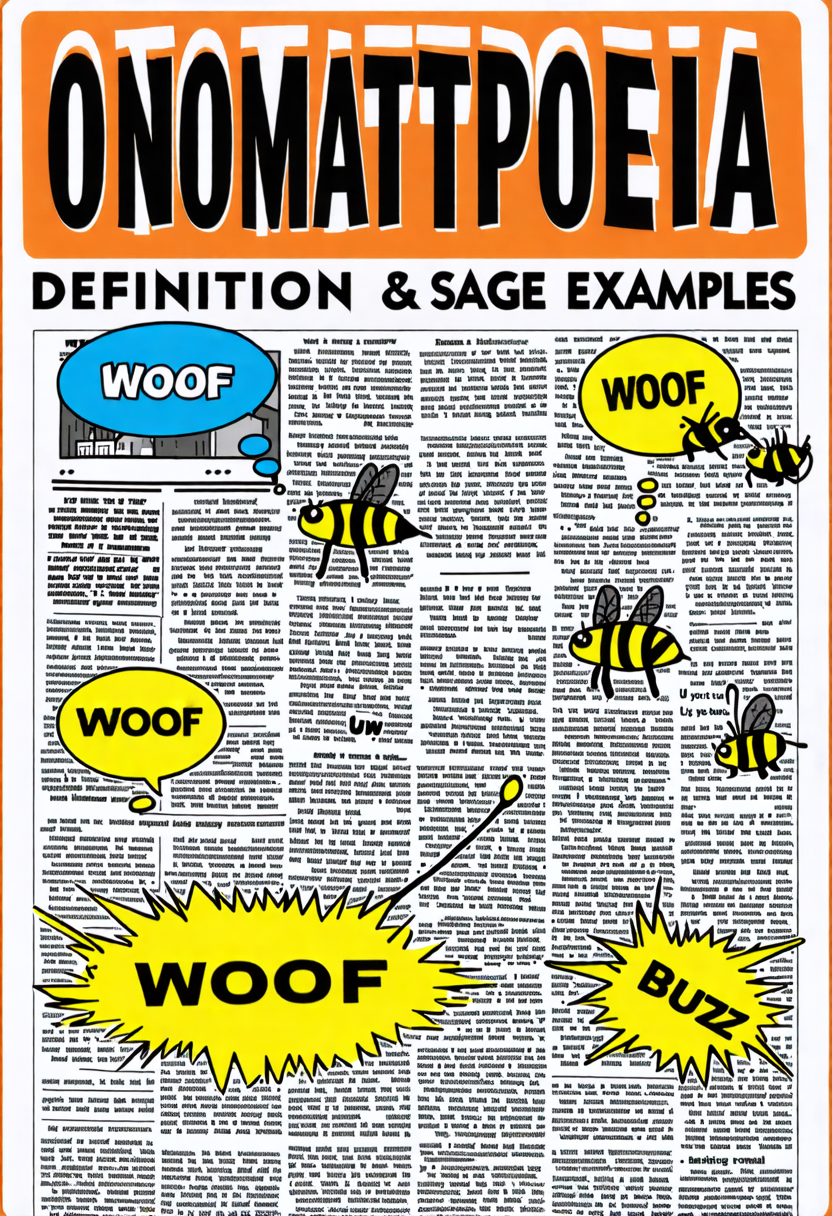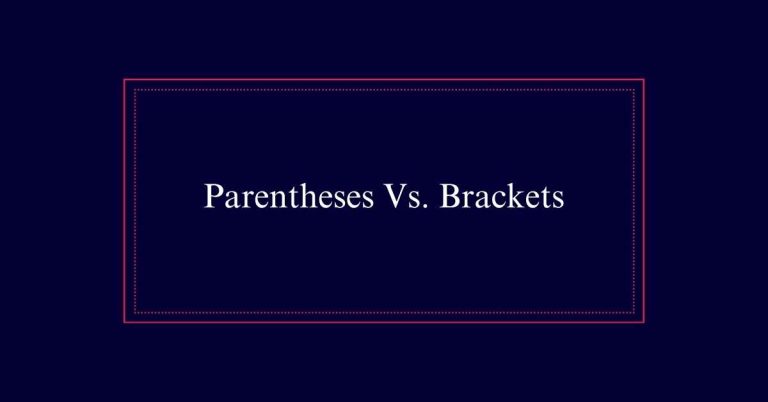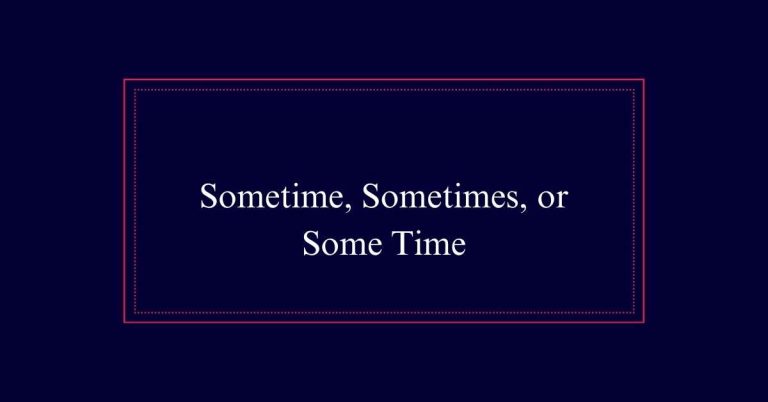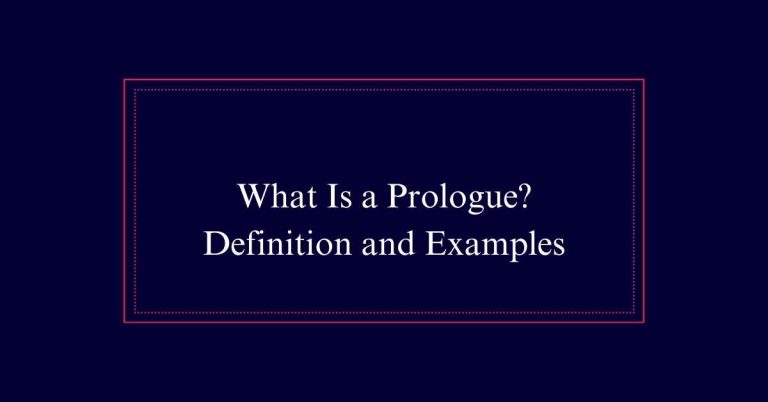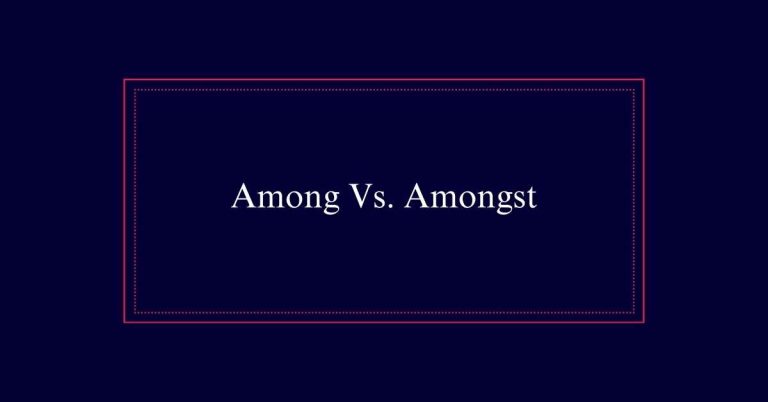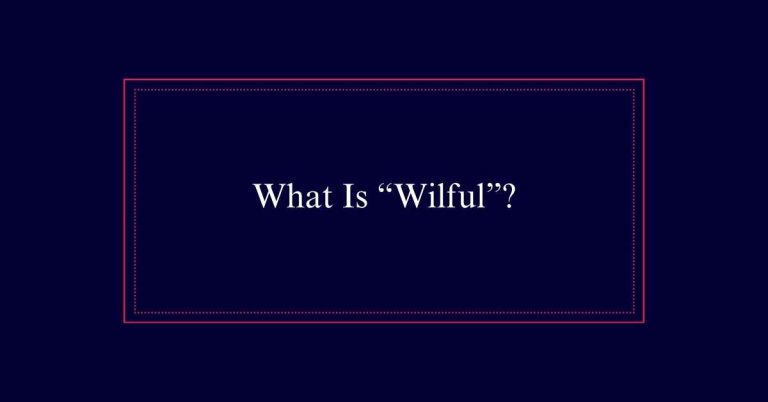Onomatopoeia: Definition and Usage Examples
Onomatopoeia refers to words that imitate the sounds associated with the objects or actions they describe, such as ‘buzz,’ ‘hiss,’ or ‘chirp.’
Originating from ancient Greek, onomatopoeia combines the concepts of ‘name’ and ‘to make.’ These sound-imitating words enrich communication by vividly depicting auditory elements, making conversations and writing more dynamic and memorable.
Common examples include ‘meow,’ ‘woof,’ and ‘quack,’ each capturing real-life sounds effectively. This technique adds depth to narratives and enhances the reader’s experience.
What Is Onomatopoeia?
Onomatopoeia refers to the use of words that imitate the sounds they describe. Examples include hiss, buzz, chirp, and honk. These words aim to reproduce actual sounds to refer to specific things or actions.
Onomatopoeias enrich both speech and writing, making language more expressive and vivid. They are especially useful in describing the physical world around us.
For instance, in the animal kingdom, sounds like meow and bark are onomatopoeic. Onomatopoeias can function as both nouns and verbs, providing a direct, auditory connection between language and the real world.
Origins of Onomatopoeia
Tracing its roots back to ancient Greek, the concept of onomatopoeia combines the words ‘name’ and ‘to make,’ reflecting its function of creating words that mimic sounds. This linguistic phenomenon has been integral to human communication for centuries. Early humans likely developed onomatopoeic words to replicate the sounds of nature and animals, aiding in survival and storytelling. The universality of onomatopoeia across cultures underscores its foundational role in language development.
| Language | Example Onomatopoeia |
|---|---|
| English | Buzz |
| Spanish | Zumbido |
| Japanese | Wanwan (bark) |
Common Examples
How do everyday sounds come to life in language?
Onomatopoeia provides a vivid way to capture the essence of these sounds. Common examples include animal noises such as ‘meow’ for a cat, ‘woof’ for a dog, and ‘quack’ for a duck. These words mimic the actual sounds made by the animals, making descriptions more lively and relatable.
Other familiar onomatopoeias include ‘buzz’ for a bee, ‘hiss’ for a snake, and ‘chirp’ for a bird.
Everyday actions are also depicted with onomatopoeia, like ‘sizzle’ for frying, ‘clang’ for metal striking metal, and ‘whisper’ for quiet speech. These examples enrich communication by creating immediate auditory associations for the reader or listener.
Usage in Speech
In everyday speech, onomatopoeias bring a dynamic quality to conversations by vividly mimicking sounds. Words like ‘buzz,’ ‘clang,’ or ‘sizzle’ instantly convey a sensory experience, making descriptions more engaging.
This immediate association helps listeners visualize and understand the context better.
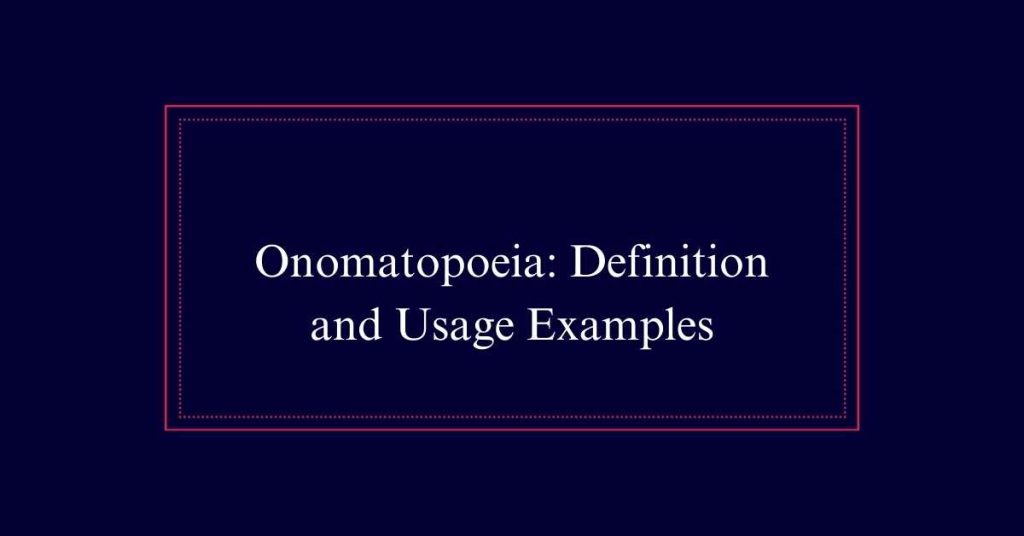
For example, saying ‘the bee buzzed’ is more expressive than simply stating ‘the bee flew.’ Onomatopoeias also add an element of fun and creativity to speech, often making stories or explanations more memorable.
They can be particularly effective in educational settings, where teachers use them to make lessons more interactive.
Onomatopoeia in Writing
Onomatopoeia enhances writing by vividly evoking sounds and creating immersive imagery. It transforms abstract descriptions into concrete sensory experiences. Writers often use onomatopoeia to make scenes more lifelike and engaging. For instance, the words ‘sizzle’ and ‘crash’ immediately convey specific sounds, enriching the reader’s experience.
Here is a comparison of onomatopoeic words and their effects:
| Onomatopoeic Word | Effect |
|---|---|
| Buzz | Conveys the sound of a bee |
| Splash | Evokes water hitting a surface |
| Creak | Suggests an old door opening |
| Boom | Indicates a loud explosion |
Animal Sounds
Animal sounds are a rich source of onomatopoeic expressions, capturing the essence of each creature’s unique calls. These sounds include familiar examples like a cat’s ‘meow,’ a dog’s ‘bark,’ and a duck’s ‘quack.’ Each onomatopoeic word imitates the natural sound made by the animal, making it easy to identify their vocalizations.
These expressions enhance our understanding and communication about the animal world. They also add vividness and immediacy to both spoken and written language. Different languages may represent these sounds uniquely, reflecting cultural variations. For instance, the sound a rooster makes is rendered as ‘cock-a-doodle-doo’ in English and ‘kikiriki’ in Spanish.
Naming Animals
When it comes to naming animals, onomatopoeic words often provide a straightforward and evocative choice. These names directly imitate the sounds animals make, creating an immediate connection between the name and the creature.
For example, birds like the cuckoo and chickadee are named after their distinctive calls. Such names are not just catchy but also help in easily identifying the animal based on its vocalizations. Onomatopoeic names can be found in various languages, reflecting the universal nature of sound imitation.
Literature Examples
In literature, authors often employ onomatopoeia to create vivid sound imagery and heighten the reader’s sensory experience. This literary device can bring scenes to life, making the text more engaging and realistic.
Onomatopoeia is frequently used to:
- Enhance Descriptions: Words like ‘buzz’ or ‘clang’ provide immediate auditory cues.
- Evoke Emotions: Sounds like ‘whisper’ or ‘roar’ can convey different emotional tones.
- Create Atmosphere: Sounds such as ‘thunder’ or ‘crackle’ can set a particular mood.
- Build Action: Words like ‘bang’ or ‘screech’ add dynamism to scenes.
Famous Authors
Many renowned authors have skillfully employed onomatopoeia to enrich their literary works. For instance, Edgar Allan Poe effectively used onomatopoeic words like ‘tapping’ and ‘rapping’ in ‘The Raven’ to create a haunting atmosphere.
Similarly, William Shakespeare often incorporated onomatopoeia in his plays to enhance the sensory experience. In ‘Macbeth,’ the word ‘knock’ repeatedly emphasizes urgency and tension.
Children’s authors, such as Dr. Seuss, frequently use onomatopoeia to engage young readers. In ‘Horton Hears a Who!,‘ words like ‘yelp,’ ‘yip,’ and ‘chirp’ bring the story to life.
These examples show how onomatopoeia helps authors create vivid, immersive worlds, making their narratives more engaging and memorable for readers.
Enhancing Communication
Using onomatopoeia can greatly enhance communication by making descriptions more vivid and engaging. It brings sounds to life, providing a sensory experience that words alone might not convey.
Here’s how onomatopoeia can improve communication:
- Vivid Imagery: Words like ‘buzz’ or ‘crash’ paint a clear picture of the sound, making the reader feel present in the scene.
- Emotional Impact: Sounds like ‘whisper’ or ‘growl’ evoke specific emotions, enhancing the narrative.
- Memorability: Onomatopoeic words are often easier to remember because they mimic real-world sounds.
- Clarity: They can reduce ambiguity by directly imitating the sound associated with an action or object.
